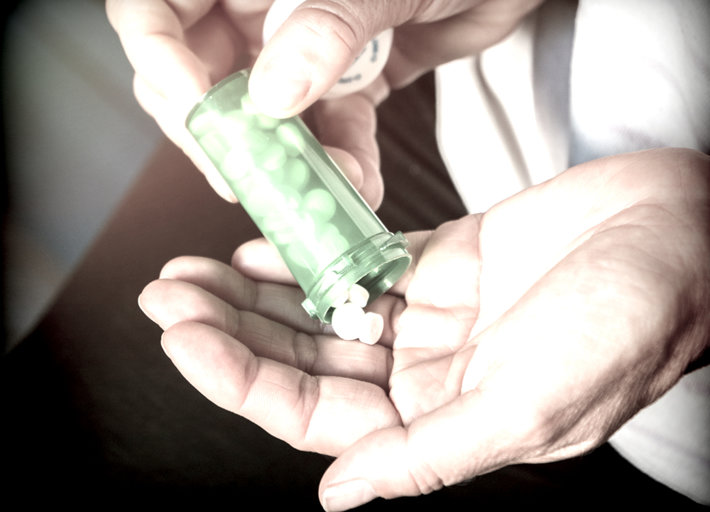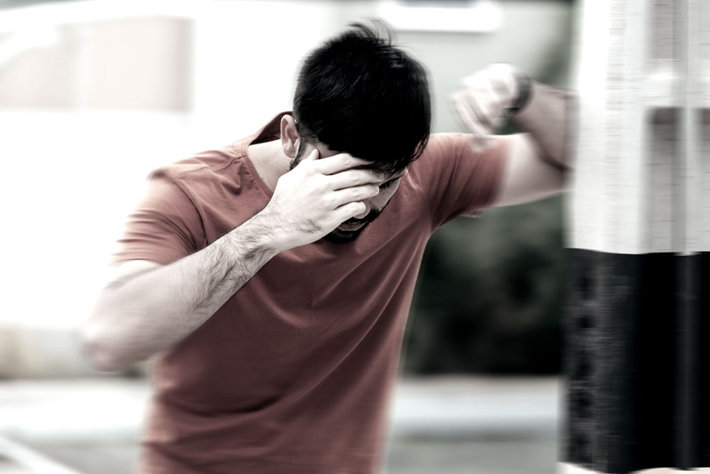Signs & Symptoms of Tranquilizer Abuse

While not being as widespread as pain reliever abuse, at least two million people in the US alone are abusing tranquilizers. Each year, nearly 140,000 new people abuse them for the first time. Abusers may find that lives seems more tolerable when they experience this artificial and addictive calming of their stress.
Drugs that fall into this general category are benzodiazepines, sedatives like barbiturates and sleep aids. Anti-psychotics like Risperdal that have a very heavy sedating effect are not included in this category.
Barbiturates:
- Amytal
- Nembutal
- Seconal
- Tuinal
Benzodiazepines:
- Xanax
- Librium
- Klonopin
- Halcion
- Valium
- Versed
- Ativan
Sleep aids:
- Ambien
- Lunesta
- Sonata
Unfortunately, all these drugs are addictive. The apparent benefit of reduced stress and anxiety may result in an addiction that puts the abuser at risk of overdose or arrest if illegal means are used to acquire the drugs.
Tranquilizers: Signs to Watch For
Obviously, a person abusing these tranquilizers will appear less anxious, but they might also look drowsy. They may have a euphoric sense of well-being, even when not warranted by their life circumstances. Like a person using alcohol, speech may be slurred. They may be unable to focus or concentrate well and be dizzy at times. Particularly with the benzodiazepines, there may be lapses of memory and a lowering of inhibitions.
If a person using these drugs goes to sleep, their breathing may be slowed. This is a possible cause of death, especially when the person also consumes alcohol or any other drug that suppresses respiratory function.
One of the traps of prescription drug abuse and addiction is the need to always have enough of these drugs on hand to prevent withdrawal. If a cooperative doctor is not available, or if the doctor refuses to increase the person’s dosage or to continue providing further prescriptions, the abuser may have to resort to illegal means to get the drugs. Some people forge prescriptions, go to other doctors in other towns, or find ways to steal the drugs. If you find pill bottles from multiple doctors, this could be a sign of abuse.
Addiction to these drugs results in tolerance, meaning that more of the drug is needed to get the same effect as before. So as time goes on, the person will need more and more of the drug, larger dosages or pill counts.
Sleep aids have their own dangerous symptoms of use. Either used properly or abused, a person on these drugs may carry out actions they have no memory of later. Since one of these actions is driving, this can be very dangerous. Talking on the phone, cooking and having sex without remembering anything about the actions are also reported.
Effects of Benzodiazepines

In addition to the symptoms noted above, benzodiazepines can cause blurred vision, weakness and coma, when the dosages get high. Abuse in a young person may be detected by noting marked changes in their moods and deterioration of school performance. An adult may experience problems on the job that they may try to conceal.
A person who has been abusing these drugs for some time may show signs that resemble the problems that the drugs were supposed to handle in the first place, including anxiety and insomnia.
Recovering from Tranquilizer Addiction
Many of the drugs on this list require careful supervision during recovery from addiction. In particular, withdrawal must be carefully done. Some people who want to recover from addiction to these drugs will need a medical detoxification done first to prevent dangerous symptoms.
Benzodiazepines and barbiturates withdrawal in particular must be carefully supervised. Without this care, seizures, delirium, mental disturbances and fevers can result. A person may be supported with short-acting drugs or may be stepped down gradually off the dosage they were taking.
These Drugs Should Only be Prescribed for Weeks, Not Months or Longer
If a person has been taking these drugs just for a few weeks, there is probably no need for rehab. But if they have been taking them for months, are psychologically dependent and can’t deal with stopping on their own, they need professional help to get clean and sober again.
The Narconon drug addiction recovery program has been able to help tens of thousands of addicted people recover their sobriety. Addiction to tranquilizers is not a barrier to sobriety. With the correct medical care and a thorough drug recovery program like that at Narconon, it is possible to live a clean, productive life again.
The Narconon New Life Detoxification, one phase of the larger recovery action, uses a low-heat sauna, moderate daily exercise and nutritional supplements to help each person flush out residues from past drug use. All drugs and alcohol leave traces in the fatty tissues of the body and when these are flushed out, a more complete recovery from drug abuse is seen. Many people completing this phase comment that their cravings for more drugs has greatly reduced or left them completely.
Resources:
- https://www.drugabuse.gov/sites/default/files/rx_drugs_placemat_508c_10052011.pdf
- http://www.ncbi.nlm.nih.gov/pmc/articles/PMC1268024/
- http://www.fda.gov/Drugs/DevelopmentApprovalProcess/HowDrugsareDevelopedandApproved/ApprovalApplications/
- http://www.webmd.com/mental-health/benzodiazepine-abuse
- http://www.webmd.com/a-to-z-guides/prescription-medications-minor-tranquilizers-and-sleeping-pills
